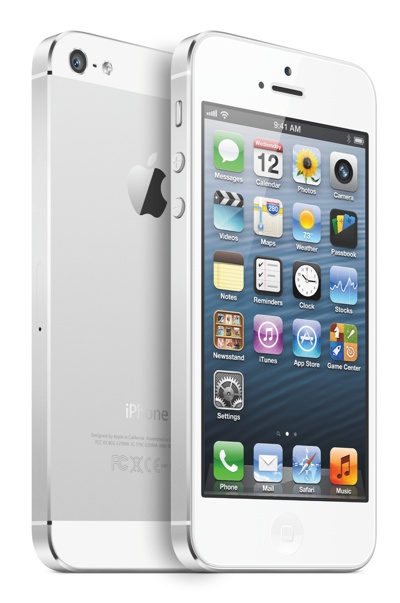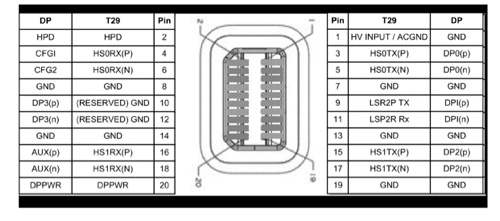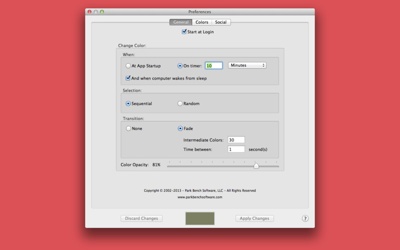The gang at iFixit have cooked up a chemical analysis of the iPhone 5. You can find it at http://macte.ch/9K0Jj .
“What hazardous chemicals, precisely, are found in mobile phones? Until recently, most answers to that question were speculative,” says iFixit CEO Kyle Wiens. “Manufacturers are tight-lipped about their secret recipes, which they keep under strict lock and key. The only sure way to know what is in today’s mobile phones is to take them apart and analyze their chemical contents. So, in partnership with HealthyStuff.org, that is precisely what we’ve done: an X-ray fluorescence spectrometric analysis of components in 36 mobile phones.”
He says that following are some of the highlights of what iFixit found:
° Generally speaking, today’s phones contain fewer toxic chemicals than they did in the past. HealthyStuff researchers scored every phone from 0 to 5, with 0 representing the fewest toxic chemicals. Every rated phone that scored above a 4.0 was released before 2010, and every phone that scored less than 3.0 was released in 2010 or later.
° The iPhone has significantly improved since its early models: the iPhone 2G ranks worst of all phones on the list, whereas the iPhone 4S and 5 are both among the best. Apple’s claims about eliminating toxic chemicals from their devices are not entirely unfounded. The two newest models of the iPhone score better than any other phone not specifically marketed as a “green phone” (e.g. the Samsung Reclaim).
° Manufacturers are not consistent about their use of toxic chemicals across their product lines. Samsung is the best-ranked company overall, and it makes three of the best-ranked phones: the Captivate, Evergreen, and Reclaim. Yet it also makes the much more poorly rated SCH-U410, which received an overall score of 4.18.
° Over 10,000 ppm of an element signifies 1% of the material is composed of the element. One screen component in the Samsung Propel had 780,474 parts per million of mercury.
° Phones that scored well overall did not necessarily fare well in every category. The “low concern” Samsung Reclaim had a “high concern” proportion of arsenic. Twenty-four of the phones (nearly 70%) had a “high concern” proportion of copper.
° Six devices are of “low concern” by overall ranking, meaning they have fewer toxic chemicals than the others analyzed: the Motorola Citrus, LG Remarq, Samsung Captivate, Samsung Evergreen, and iPhone 5.
° Six devices are of “high concern” by overall ranking: the Palm Treo 750, BlackBerry Storm 9530, Nokia N95, Motorola MOTO W233 Renew, Palm m125, and iPhone 2G.




